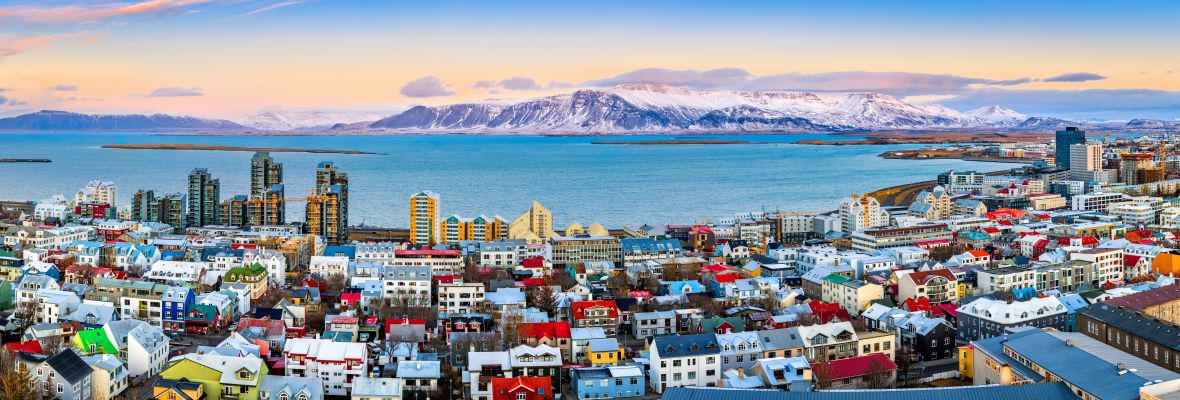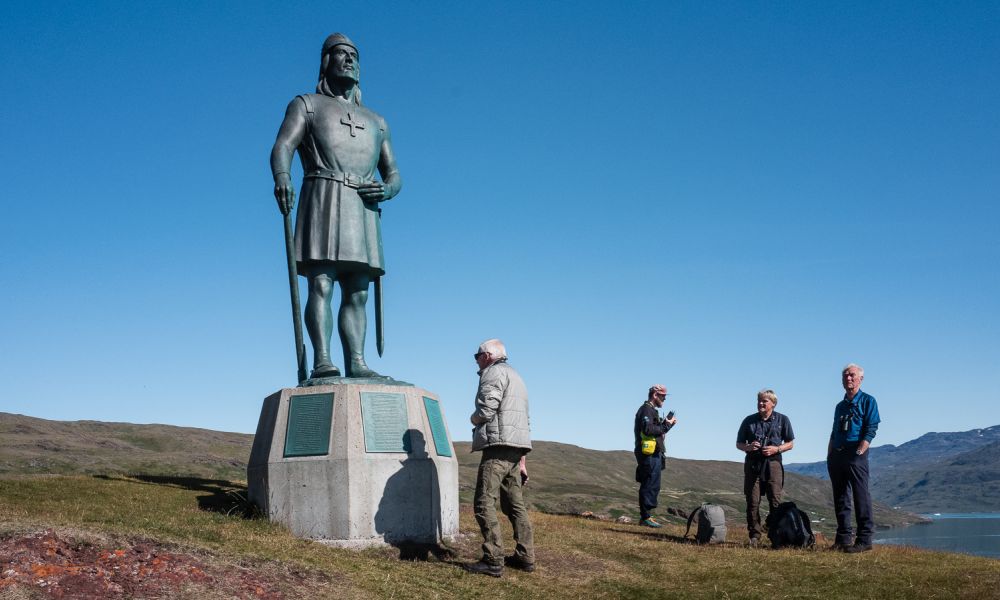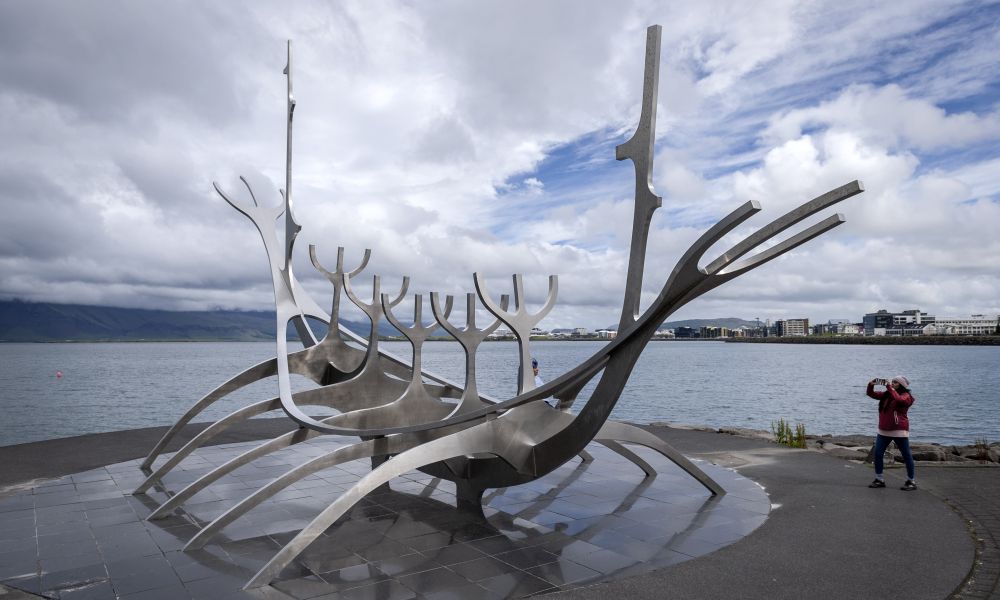Exciting changes are on the way!
As part of our merger with Polar Latitudes, we’re refreshing key elements of our website to reflect this new chapter. Discover more in our latest news update.
Iceland's history is as fascinating as its landscapes, deeply rooted in Viking culture and exploration.
The island was first permanently settled in 874 AD by Norwegian chieftain Ingólfr Arnarson, who established his farmstead in what is now Reykjavík. Prior to this, it’s believed that Irish monks known as the Papar may have visited the island, though they left no lasting settlements. Following Arnarson’s arrival, many settlers from Scandinavia, particularly Norway, arrived in Iceland, often bringing with them Gaelic slaves from Scotland and Ireland. By 930 AD, the settlers had established the Althing, one of the world's oldest functioning parliaments, signifying the island's early embrace of governance and law.
Iceland’s medieval history is best captured in its sagas—epic tales of Viking exploration, feuds, and heroism. These sagas not only provide an incredible literary contribution to world history but also a window into the lives of Iceland’s early inhabitants. Throughout the medieval period, Iceland thrived as an independent commonwealth, although it came under Norwegian rule in the 13th century and later Danish rule in the 14th century. Despite this, the Althing continued to function, and Iceland retained a strong sense of independence.
In 1944, during the turmoil of World War II, Iceland finally declared full independence from Denmark and established itself as a republic. Since then, Iceland has become a symbol of progressive governance, known for its peaceful political history and forward-thinking policies. Today, Iceland is a leading country in terms of renewable energy, harnessing its natural geothermal and hydropower resources, and remains one of the most peaceful and democratic nations in the world.
Facts about History of Iceland
- Arctic
- Iceland






